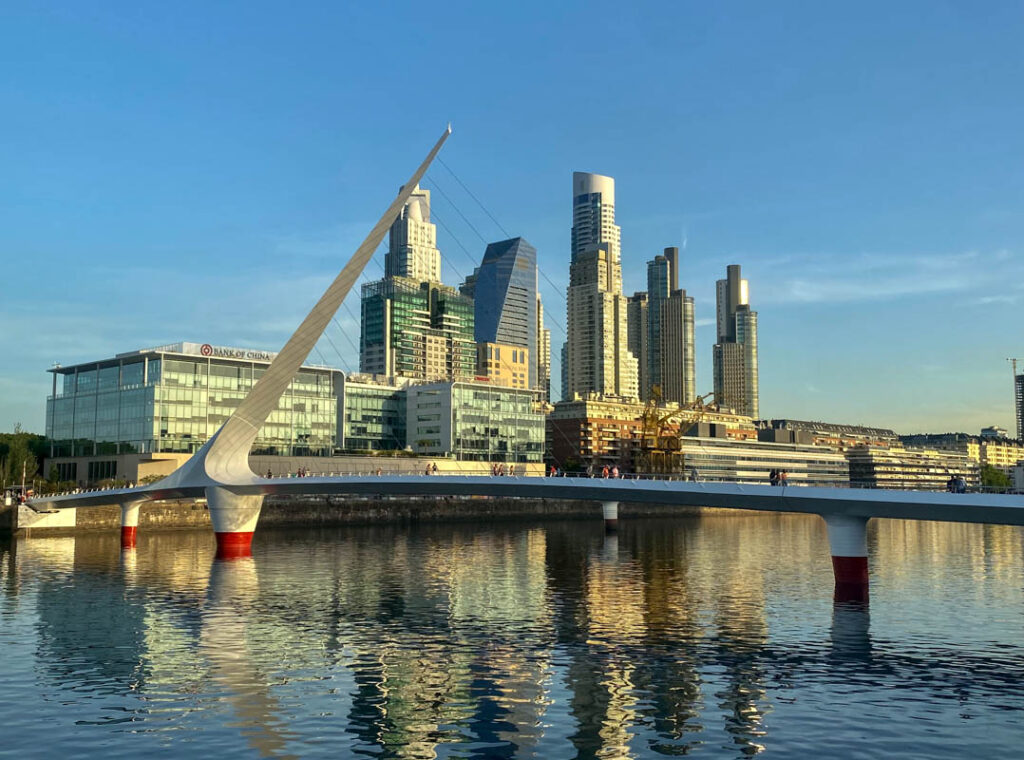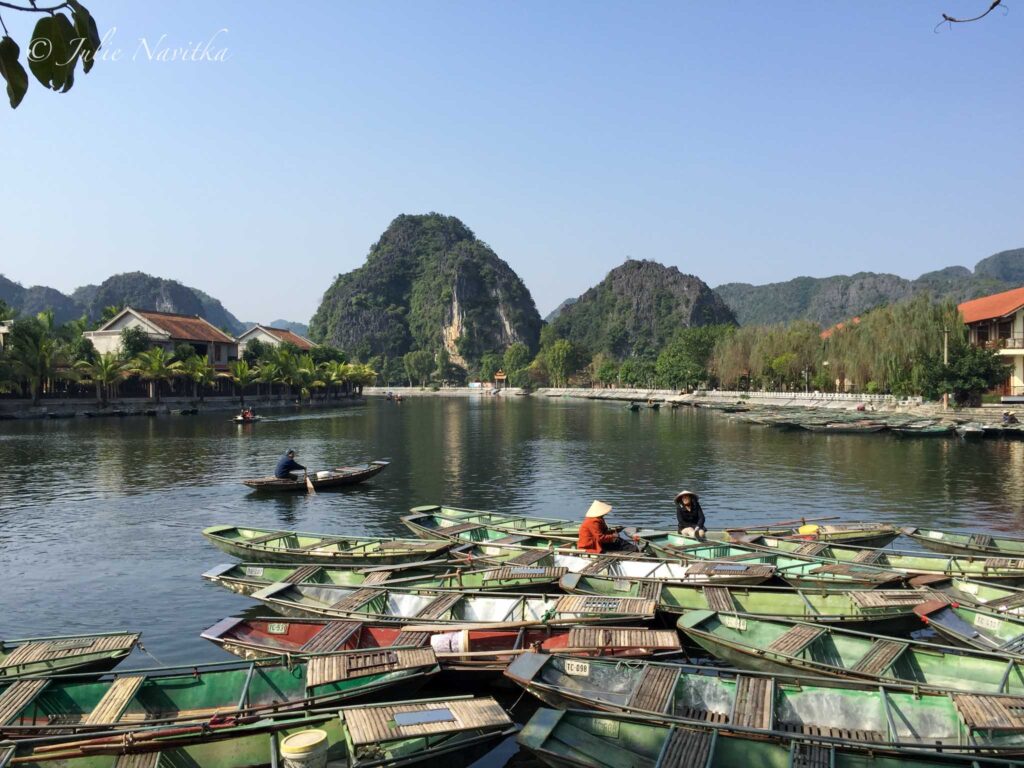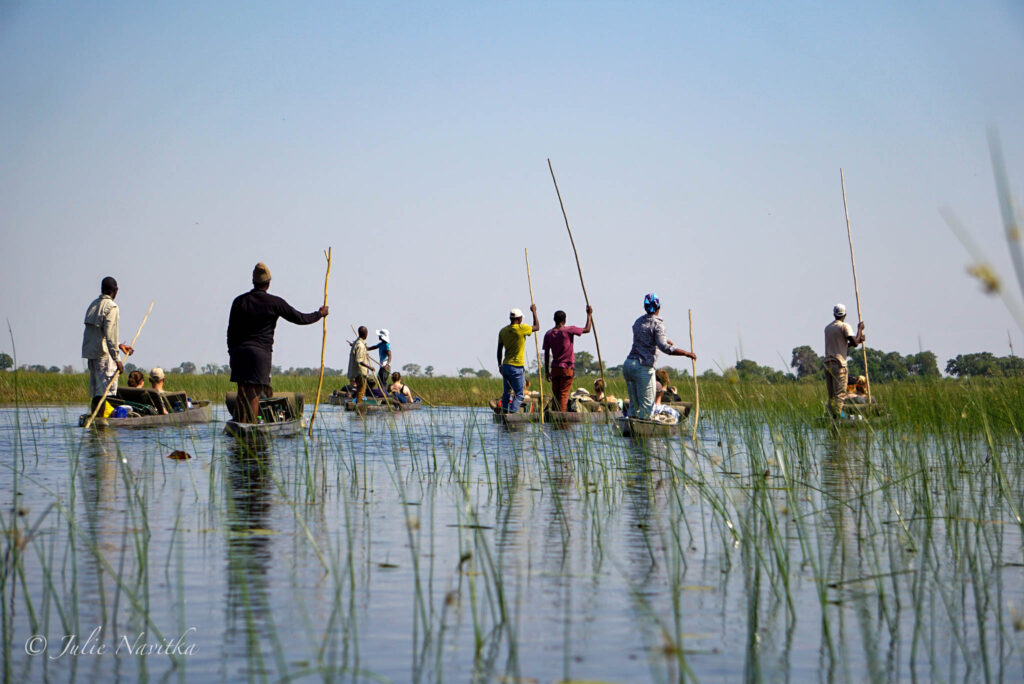A Dozen Practices for a Sustainable City Trip
Estimated reading time: 12 minutes
It is possible to make your trip to a big city sustainable. There are many factors to consider before making a decision about where to go and how to ensure your visit is eco-friendly and socially responsible. Travellers are becoming more interested and invested in sustainable tourism now than ever before.
Although sustainable travel is somewhat easier to attain when exploring off the beaten path, an unheard-of or rural escape is not at the top of everyone’s list. It’s also understandable that sometimes you just need to see what all the hype is about when it comes to a specific hot-spot.
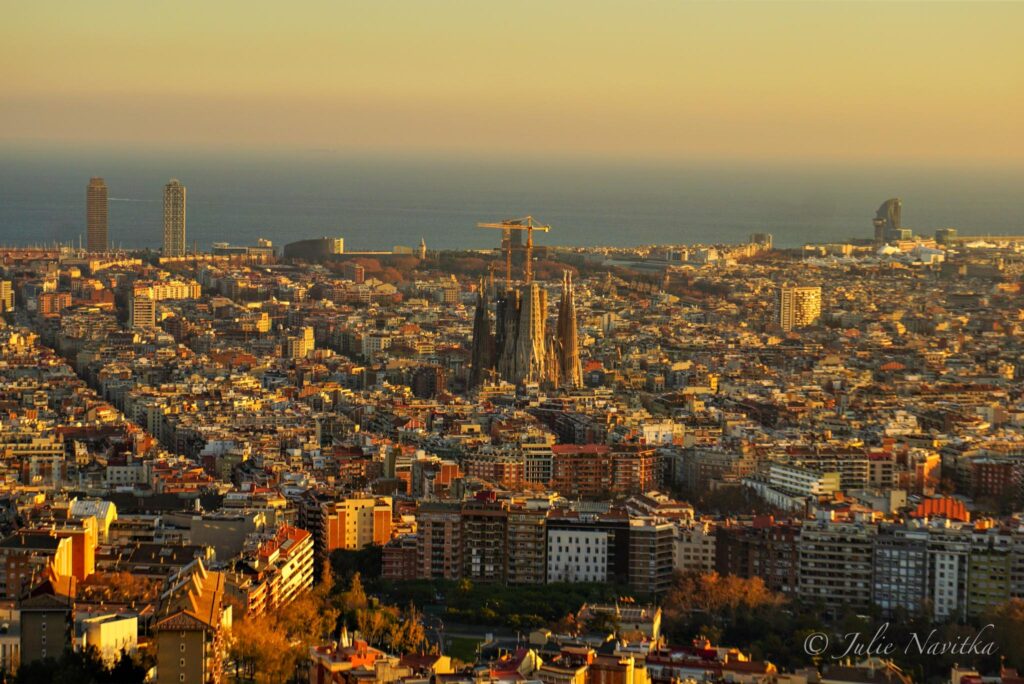
According to this article by worldbank.org, cities account for 70% of global carbon emissions. Many large cities are concerned about air quality and climate change. Poor public transport, over-use of natural resources, and urban sprawl are just a few of the many reasons big cities tend to lack in sustainability. Adding tourists to the already over-crowded streets can be harmful if visitors don’t focus on decreasing their economic and environmental impacts.
So, how can we make sure our city trip is the most sustainable possible? Here are a dozen easy practices to employ when visiting some of the world’s busiest spots around the globe.
Key takeaways
- Cities are responsible for 70% of global carbon emissions.
- Adding tourists to big cities can add strain to already stressed systems such as transportation services, waste disposal, and water resources, to name a few.
- There are many practices you can incorporate in your travels to ensure that you visit a big city sustainably.
- A few of these are avoiding large hotel chains, shopping and eating locally, taking public transportation, and getting involved in the community.
- Read on for all 12 ways you can make your big city trip more sustainable!
1. Consider Your Travel Method
The way you choose to arrive at your destination might be the largest factor to consider when planning a sustainable city trip. We all know that flying burns the most fossil fuels and is the least environmentally friendly way to travel. This makes your travel method something to think about when choosing your destination.
If you must fly, try doing some research about the airlines that offer flights to your destination. Some airlines are taking steps toward sustainability and have initiatives in place such as carbon offset programs. If possible, choose one of these airlines.
There are also some ways you as an individual can make your flight more sustainable. Bring your own re-usable napkin, set of plastic cutlery or straw to use for your on-board meal. Keep the earphones you’re given to use on future flights. The biggest way to lessen your impact on a flight is to pack light.
If your heart is not set on a specific place, consider some cities that allow you to take a train or bus in order to reach them. Perhaps you might even get a few friends to join you and make it a fun car-pooling road trip. If you’re really adventurous and want to make your trip super eco-friendly, maybe you’ll even consider cycling your way there!

2. Avoid Large Hotel Chains
By choosing to stay in a locally owned hotel, resort, or B&B, you’ll be supporting the local people and economy. Choosing an eco-conscious city accommodation that takes sustainability into account itself is even better! Some accommodations employ renewable energy to decrease their emissions of greenhouse gases. Some have excellent waste-management practices.
Many apps, like booking.com, will provide sustainability initiatives taken by the accommodation if they have provided this information. Additionally, Trip Advisor offers a GreenLeaders Program that showcases accommodations that make sustainability a priority. Otherwise, you could directly contact the place to ask the hosts about their sustainability practices before making a decision.
Another factor to consider when booking accommodation is location. It would be smart to choose a place that will allow you to access more eco-friendly or other means of public transportation during your stay.
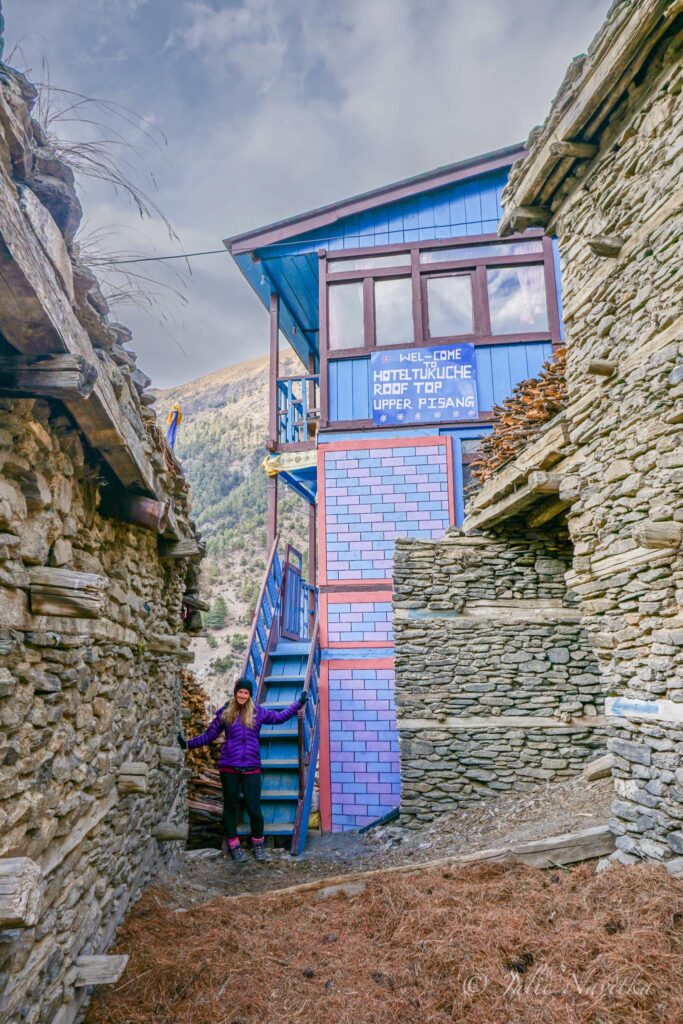
3. Opt for Sustainable transportation in cities
Most large cities have incredibly reliable, fast, affordable, and easy public transportation alternatives. Spend a little time doing research about the system(s) in your destination city to familiarize yourself before you go. You’ll be amazed at how easy it is once you’ve used it a few times. This will lessen your environmental impact, and chances are it will save you some money in the end as well!
Many bicycle-friendly cities also have tap and go bike or scooter rentals that allow you to pick up and drop off at conveniently located spots. Worried about breaking a sweat during your eco-friendly urban travel? Some cities even have motorized options that use green energy like solar power for carbon-neutral city travel.
Or, if you’re like me and prefer to use totally self-propelled means, don’t forget to bring a comfortable pair of walking or running shoes. Your only carbon dioxide output will be through your natural (increased) metabolism. An added benefit to this mode of transport is that you’ll never miss a thing along the way in walkable cities!
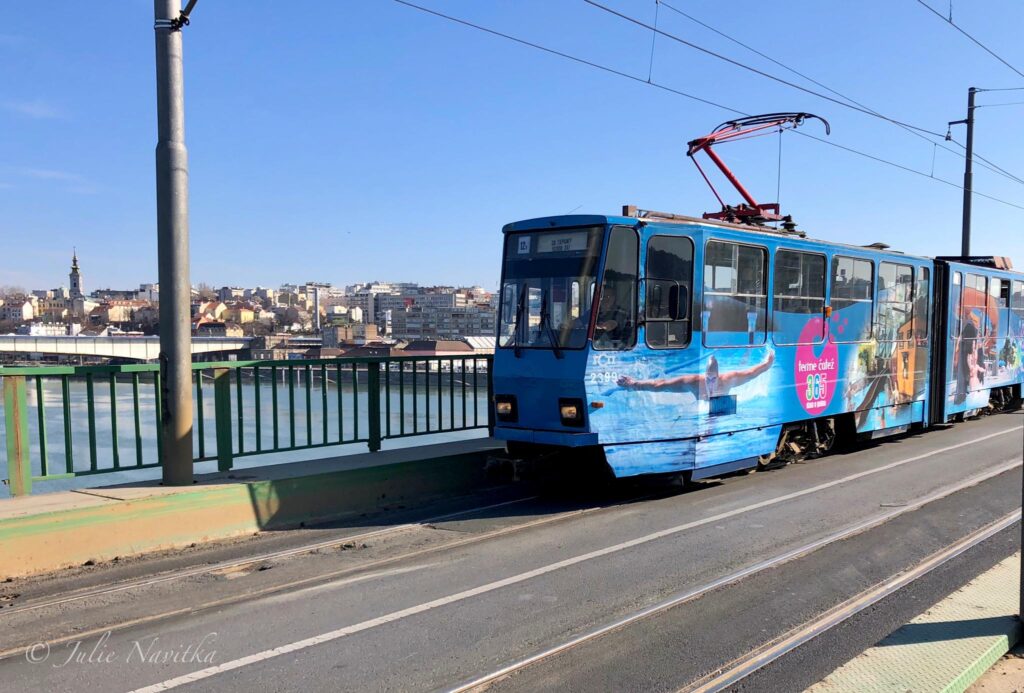
4. Shop and Eat Local for a sustainable city trip
To truly lessen your impact, make an effort to find a locally owned restaurant, market, or store to locate what you need. Supporting the local communities is a pillar to sustainable tourism. I prefer to ask a resident for some local options they recommend. If that’s outside of your comfort zone or there’s a language barrier, you could try using a travel app or researching online. Ethical shopping in urban areas doesn’t have to be difficult!
Many big cities host weekly markets for items such as handicrafts, art, produce, and more. Do a little digging online or ask a local or your host when there might be one occurring near you. Sustainable dining in cities has never been easier. There are now many apps to help you find restaurants that source local produce and have strict waste management policies. Try Localvore Passport for local markets, public farms, and small businesses, or HappyCow to locate vegan restaurants.
Still can’t find the item you need in a locally owned store? Do a little research about the most sustainable chain corporations to see if there is one located near you.

5. Support the Local Economy
For a more sustainable vacation, try to contribute to the economy by supporting work for local residents. Why not employ the services of local businesses and trained professionals, artists, or other skilled people?
Some fun ideas while exploring would be to have your caricature drawn with your travel buddy as a souvenir, or to employ local guides to take you on a nature, food or wine tour. You might even finally get that edgy haircut you’ve been considering. The options are endless!
Additionally, make sure you choose your excursions and activities carefully when travelling. Do your research about the tour company you choose, or the exhibit you’re interested in attending. Choose outdoor activities that support the local environment and biodiversity, rather than exploit it.
Keep in mind that your big city trip is only sustainable if your destination somehow benefits from you visiting.

6. Pack Light & Eco-Friendly for your sustainable city trip
If you must fly, packing light will help offset your carbon footprint. If everyone halved their luggage, it would make a big difference in fuel consumption and greenhouse gas emissions from the airplane.
Packing light will make it easier on you when you first arrive and need to make your way to your accommodation. It will also make any necessary inter-city commuting more pleasant. Your options will be greater when it comes to transport type choice – not many of us would enjoy riding a bicycle with a large suitcase in tow!
Bonus – you’ll have a little bit of space to bring home that locally made souvenir or caricature you had done.
Sign up for our newsletter here and we’ll send you a free copy of our “Ultimate guide: Understanding Sustainability!”
7. Learn About the Culture & Language
Sustainable travel isn’t just about the natural environment and supporting local economies, it’s about social sustainability too. Preserving human rights is essential when it comes to ensuring we meet the needs of the current and future generations. Urban cultural preservation is important too!
Simple gestures like understanding that it’s impolite to take a photo without permission, or which is the proper way to greet someone goes a long way. Making an effort to learn a few useful phrases and pleasantries shows an appreciation for the language of the local communities you’re visiting. This has always served me very well when travelling. I am currently studying Spanish in an attempt to become fluent!

8. Visit Historic Sites & Museums
Paying a visit to an historic site or museum is not only educational – it can help ensure the sites and artifacts are well-preserved and cared for. Social sustainability often gets overlooked. However, it’s important that future generations continue have access to these means of historical education just as we do.
These venues also help the local economy by employing local, knowledgeable people who can act as a liaison between you and learning about the local culture, language and history.

9. Appreciate the Arts on your sustainable city trip
Attending a play, ballet, or other cultural performance is another great way to make your city trip sustainable. It also provides you with an entertaining and enriching experience. Sustainable travel doesn’t mean boring travel! When we connect to, and appreciate a place, we are more likely to make an effort to preserve and protect it.
Some of my best travel memories involve the arts, from appreciating the ballet in Kyiv, to admiring the talents of local musicians in Montevideo.

10. Get Involved during your sustainable city trip
What better way to meet some locals and feel good about your impact than to volunteer your time a local charity! Do a little research before you go to find one that supports a cause you believe in. Alternatively, you can ask a local after you arrive for recommendations.
Whether it’s an animal rescue organization, or a community clean up group for city parks and green spaces, the options are likely endless. You could even find an organization whose goals align with the city’s sustainable development plans for a double-hitter.
Not only does getting involved in the local community lead to a more a sustainable vacation, it will make you feel good too!

11. Transfer Your Practices
This one is easy! Simply employ the same renewable energy practices in these urban areas that you do at home. To decrease your environmental impact, employ your water and energy conservation strategies. Reduce your waste production and make sure you are recycling properly. Our environmental responsibilities in the cities we visit shouldn’t differ much then when we’re at home.
Any little practice while on your sustainable city trips can lessen your impact. For more tips and everyday sustainable practices, visit the Sustainable Home category page and check out the numerous articles and ideas!
12. Finally, Choose your sustainable city trip Wisely
Choosing a city that isn’t always overcrowded may also be best. Adding to the congestion of a place usually doesn’t promote sustainability. Remember, if the city doesn’t benefit from you visiting, it may not be the best option. If you are dying to see Paris or Rome, Bangkok or Tokyo, try visiting in the off-season when tourism is slow and you can take advantage of the less busy atmosphere.
When possible, opt for a city that already has a fairly sustainable record. You can find out how 100 big cities around the world rank for sustainability at The Arcadis Sustainable Cities Index 2022. Alternatively, you can read our article titled “Top Ten Sustainable Cities in the U.S“ to help you plan your next eco-friendly urban travel!
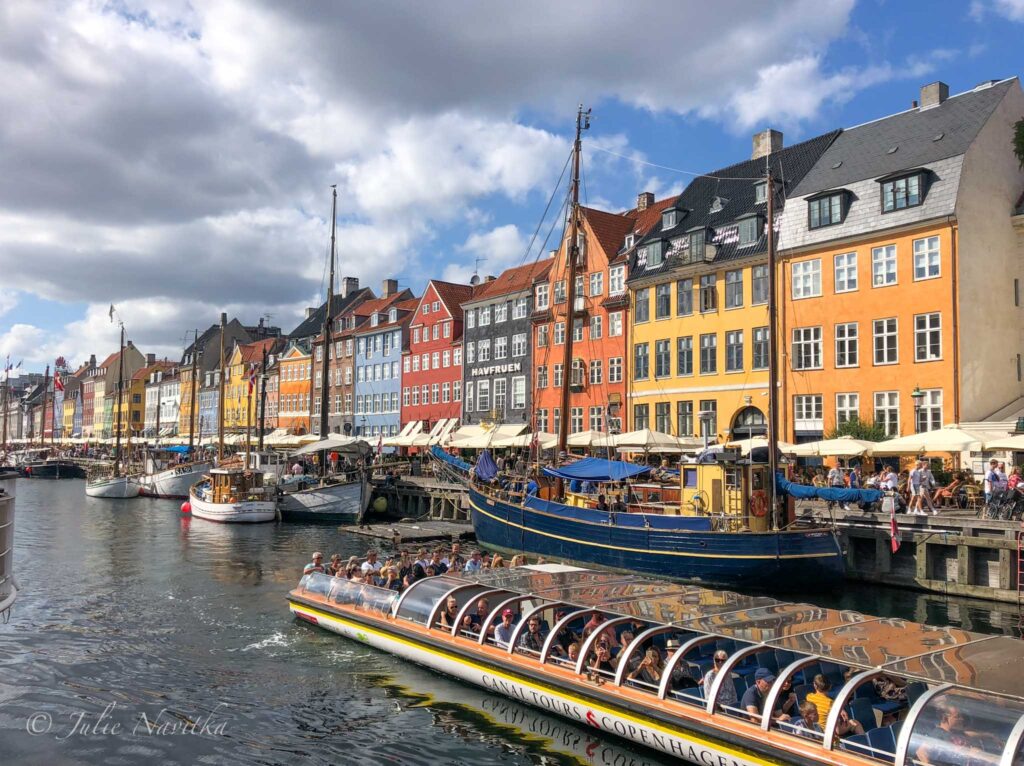
final thoughts
In conclusion, there are many ways you can ensure your visit to a big city is sustainable. Reading this article was your first step! Employ as many of the strategies as you can, within your means, and you’ll be on your way to a successfully sustainable city trip.
Don’t forget that every journey starts with one step, including your path to a sustainable travel lifestyle.

